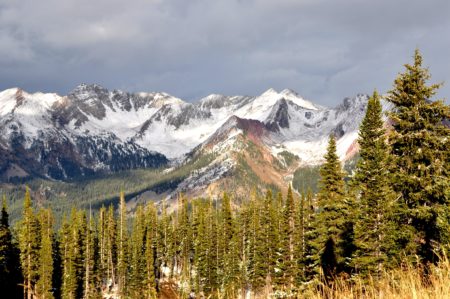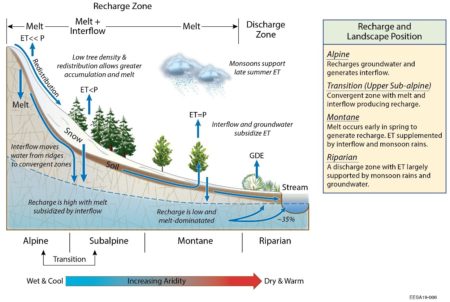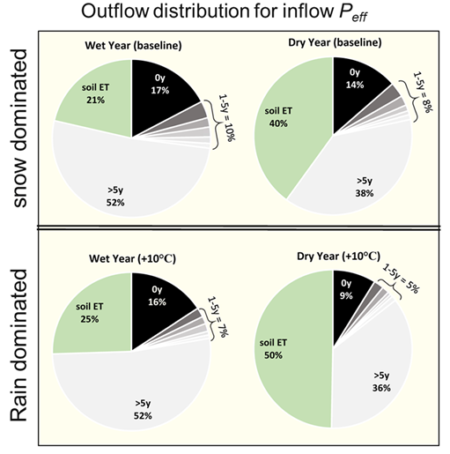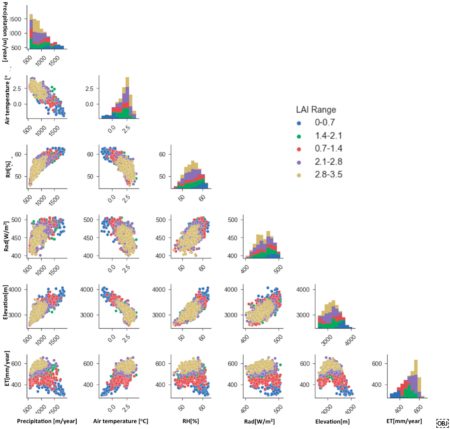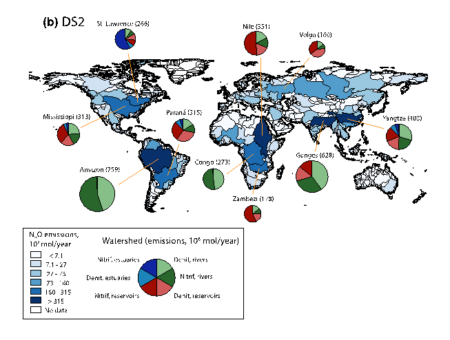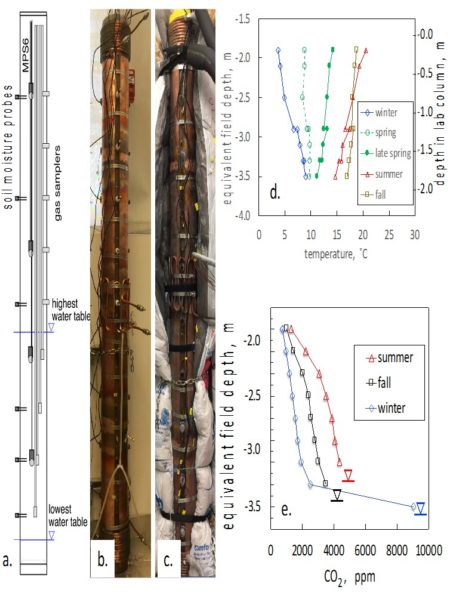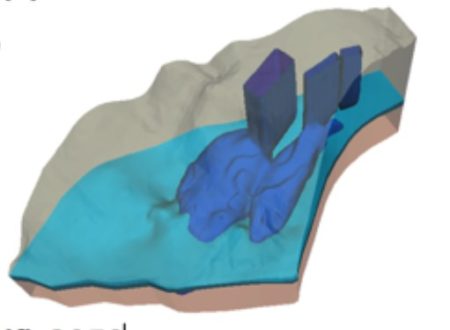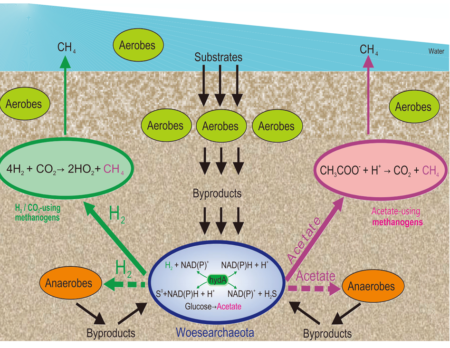
Overview of metabolic predictions of Woesearchaeota and potential syntrophic metabolisms involving a consortium of H2/CO2-using and acetate-using methanogens, Woesearchaeota, anaerobes, and/or aerobes.
Genomic analysis reveals the distribution of Woesearchaea across multiple habitat types. Metabolic reconstructions support an anaerobic, heterotrophic lifestyle albeit one with conspicuous deficiencies consistent with their inferred dependence on other microbes.
The findings provide an ecological and evolutionary framework for Woesearchaeota at a global scale and indicate their potential ecological roles, especially in methanogenesis.
Summary
A large group of genomes for Woesearchaeota were analyzed and the organisms grouped into sublineages based on their DNA sequences. These archaea were found to be widely distributed in different types of environments, but they are primarily found in anaerobic terrestrial environments. Ecological patterns analysis and ancestor state reconstruction for specific subgroups reveal that the presence of oxygen is the key factor driving the distribution and evolutionary diversity of Woesearchaeota. A selective distribution to different biotopes and an adaptive colonization from oxygen free environments is proposed and supported by evidence of the presence of ferredoxin-dependent pathways in the genomes derived from anaerobic environments. Metabolic reconstructions support heterotrophic lifestyles, with conspicuous metabolic deficiencies, suggesting the requirement for metabolic complementarity with other microbes. Lineage abundance, distribution, and co-occurrence network analyses across diverse environments confirmed metabolic complementation and revealed a potential syntrophic relationship between Woesearchaeota and methanogens.
Citation
X. Liu, M. Li, C.J. Castelle, A.I. Probst, Z. Zhou, J. Pan, Y. Liu, J.F. Banfield, J.D. Gu “Insights into the ecology, evolution, and metabolism of the widespread Woesearchaeotal lineages” Microboime, 6, DOI: 10.1186/s40168-018-0488-2
